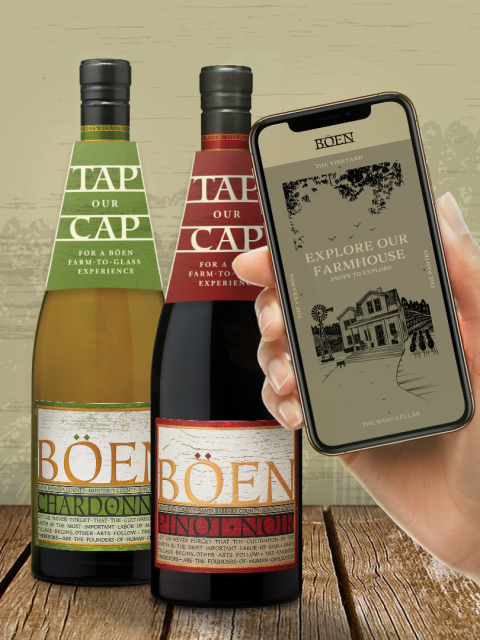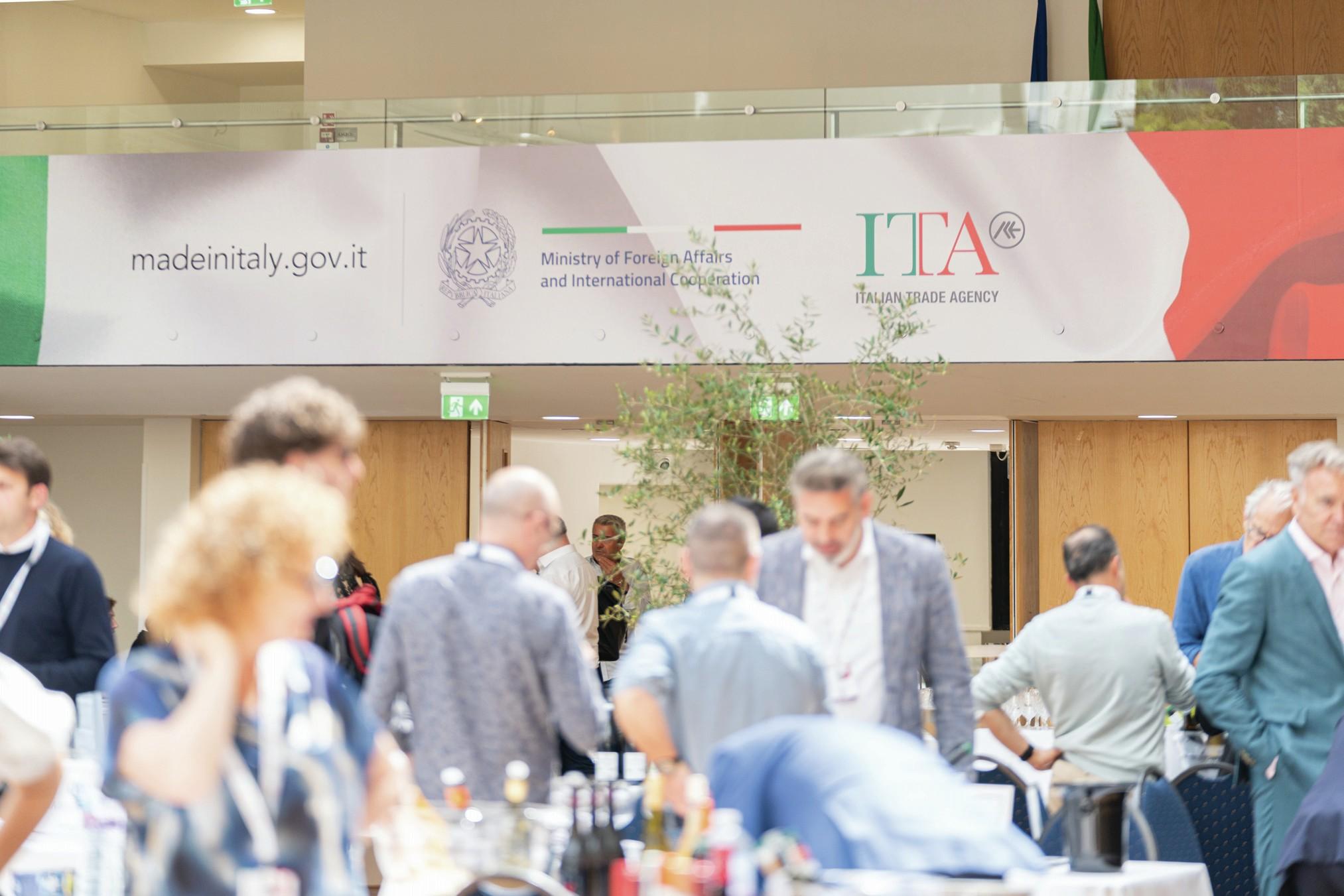How drinks brands are capitalising on connected packaging
Rob Hollands, managing director of SharpEnd, tells db how drinks brands are embracing connected packaging as a way to connect with consumers and tell their brand stories.

What is connected packaging?
Connected packaging transforms products into digital touchpoints, delivering experiences through triggers such as QR codes, NFC tags and augmented reality.
How easy is it for drinks brands to embrace connected bottles?
The technology is simpler than ever to integrate into products and throughout the supply-chain, partners are seeing the opportunity and benefits of supporting these initiatives. QR codes can be printed on bottles, cans, boxes, or directly integrated in the brand’s identity.
NFC tags can be embedded in the label of a bottle or a box, or directly integrated within the closure, with off-the-shelf solutions now emerging such as the NFC eWAK screw-top closure by Guala Closures. And, in the right use-cases, image recognition and AR can provide a marker-less opportunity.
It’s no longer a technical challenge but a creative one and successful initiatives must be experience led. What would motivate a consumer to tap or scan? What valuable experience would keep them engaged, encourage sharing and get them coming back for more?
Why is connected packaging proving to be such an important tool for drinks brands?
This is a transformative opportunity to connect with consumers directly from a owned brand asset and across the entire consumer journey – off-trade, on-trade, at home, at events and in travel retail. Our lives, our places and our spaces have become connected and we are interacting with products, packaging and objects to activate digital experiences.
This shift to a connected consumer means there has never been such a big opportunity for brands to understand who buys and users their products and to utilise this powerful medium to drive insights and first-party data. The competitors that are emerging in the drinks space are often digitally led, just think of the brands being launched by Amazon.
What are the key elements that make a successful connected experience?
Lead with the experience – The most successful connected programs are experience led and have a strong value exchange for both consumer and the brand. We see these experiences typically grouped into five areas – Engagement (experience, storytelling, services), Transaction (purchase, loyalty, re-purchase), Purpose (education, sustainability, responsibility), Transparency (materials, ingredients, authentication) and Inclusion (accessibility, support, enablement).
Bring everyone along on the journey – Digitising your products benefits many business areas, so it’s important to establish a cross-functional team. This may include marketing and brand, digital, production, supply-chain, media, IT and legal.
Partners and platform – Working with partners who have expertise in this space can save valuable time and deliver the optimal results. Guidelines and toolkits can then be developed for the wider ecosystem of partners to support the scale-up.

Partner Content
Which drinks brands have you worked with on developing connected packaging?
SharpEnd pioneered connected packaging with Pernod Ricard in 2015. Since then, we’ve worked with many of the major drinks groups to help them bring their stories and bottles to life.
We recently partnered with BÖEN Wines, helping them to launch a million NFC-enabled bottles in the US. Through the experience, consumers immerse themselves in a virtual farmhouse, discover food and wine pairing tips, build an online cellar and share pictures.
You recently released report exploring consumer expectations around technologies such as AR, NFC and QR, what were the key takeaways?
The research confirmed that consumers want to connect with brands through the product and packaging, with 74% of consumers are more likely to buy a product if it features connecting technology such as QR or NFC. Consumer’s are expecting more than ever from brands but are willing to pay for it, with 53% prepared to pay more for a connected product that provides a valuable experience.
The research highlighted that consumers will engage with products for experiences that add value to their lives – 83% would interact with the product to find out the best way to enjoy it, 82% want to scan for virtual assistance, 77% are seeking sustainability information and 71% want to understand ingredients and product provenance.
What impact has Covid has on the marketing of drinks brands?
Covid has expedited the journey that many brands were already on to better digitalise their products and services, connect with and understand their consumers, do more with data and adapt their business models.
It’s also driven brands to look at new communication channels and placed increased importance on the role of the home, with connected bottles providing a valuable opportunity in this space.
We’ve seen increased engagement (taps and scans) and a deeper engagement (time on experience, pages visited, shares and repeat visits) across all of our live experiences since the pandemic began.
What does the future of connected packaging look like for drinks brands?
The future is a connected one. We’ve seen a significant increase in awareness and adoption and this will continue to grow. Many of the early examples have been short-term or tactical in nature, but we’re starting to see a focus towards always-on connected bottle programmes.
There will be an increasing expectation from consumers that they can engage directly with products, whether that is to discover and understand them better, be supported during use, be rewarded for loyalty or to repurchase. Experiences will become more intelligent, more creative and ultimately more valuable to both consumers and brands.
What advice would you give to marketers who want to start engaging with connected bottles?
- Have a clear vision of what your goals are and what you’re trying to achieve
- Always be led by experience
- Don’t get lost in technology choices – understand where your consumers are and meet them there
- Use a platform to quantify performance and handle data elements
- Prototype and pilot quickly, ahead of informed scale-ups
Related news
Castel Group leadership coup escalates
For the twelfth day of Christmas...
Zuccardi Valle de Uco: textured, unique and revolutionary wines




